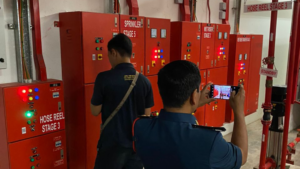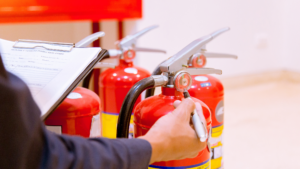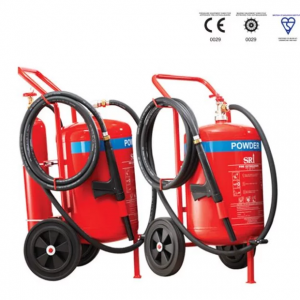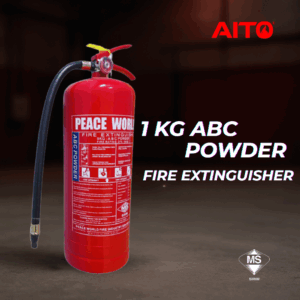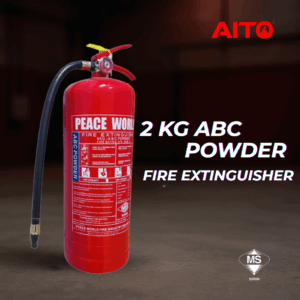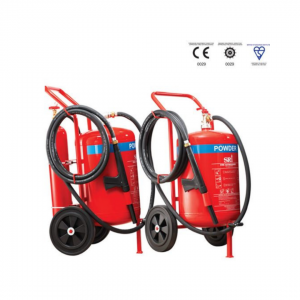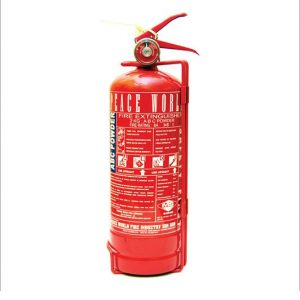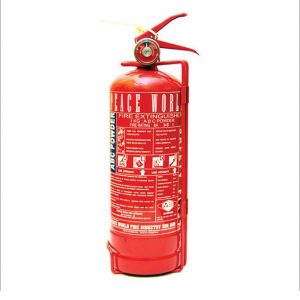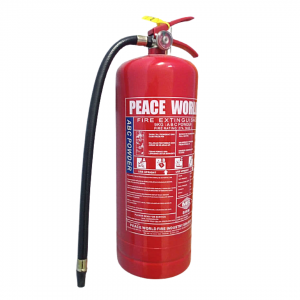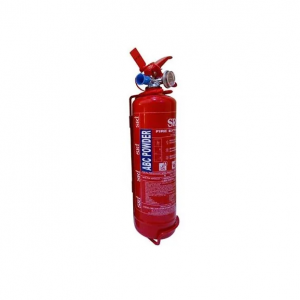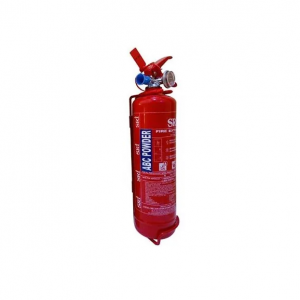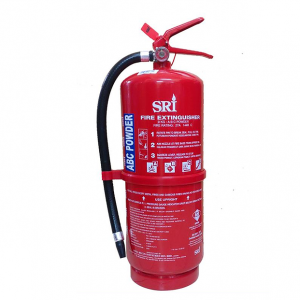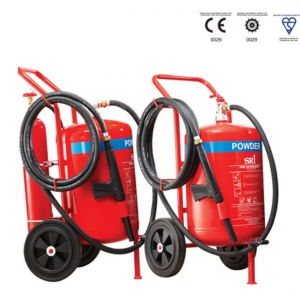CAUSES OF VEHICLE FIRE INVOLVING CARS AND LORRIES
Transport Statistic Malaysia 2018 reported 591,399 and 36,915 accidents involving car and lorries. Vehicle fire contributes a portion of the number of accidents that happened and is one of the most common causes of fire-related property damage. The most recent incident on a car fire that has been shocking Malaysian and Singaporean was the Tanjong Pagar crash.
Footage of the crash showed the car skidding along Tanjong Pagar Road and slamming into the shophouse, before bursting into flames 15 seconds after impact.
A vehicle fire is an unexpected and uncontrolled conflagration involving a motor vehicle such as a car and lorry. Also referred to as car fire or lorry fire, it is one of the most common causes of fire-related property damage. The way vehicle fires are initiated and dispersed depends on several interdependent complex phenomena, including combustion kinetics, heat transfer and fluid dynamics.
Because fire damage is associated with this phenomenon, the pattern of damage remaining on the body panels, vehicles frames, and interior of the vehicle can sometimes be used to understand the specific characteristics of fire. In many cases, the aim is to determine the cause and point of origin of the fire.
Common causes of vehicles fire
Poor maintenance
Forgetting or neglecting to properly maintain your car can lead indirectly to a vicious car fire. That is because if you let broken parts, leaky seals, or faulty wiring go without repairs, it will increase the risk of the vehicle catching fire. The engine with the wrong gasket is more likely to drip hazardous (and flammable) fluids. Frayed wiring is more likely to cause flammable materials to ignite and contact.

Vehicle crashes
Depending on the impact site, a vehicle crash may even trigger a vehicle fire. Vehicle crumples are generally well designed with a metal sheet to absorbs the force of any impact, protecting internal hazard zones such as the engine, battery, gas tank and petrol tank. But a hard enough hit could cause flammable liquid leakage and spillage, as well as heat and smoke.
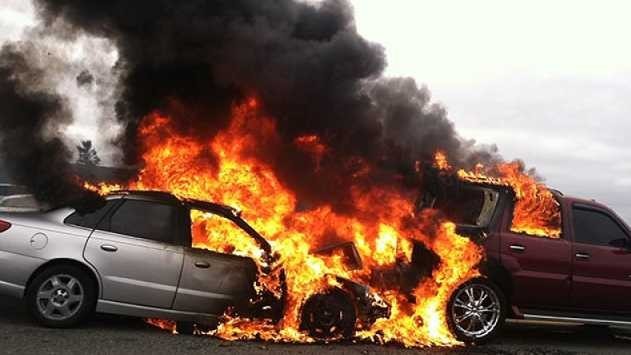
Faulty wiring or overload wiring
The hazards of the electrical system are not confined to the area under the hood, either. Electrical wiring runs throughout the entire vehicle, through channels, through doors, under a carpet, and through powered and heated seats. Simple modifications you make to your vehicle (new speakers, adding a dashcam, changing your radio, etc.) can potentially cause a shortage. Short circuits and wiring systems may also cause vehicles to burn. Wiring that does not comply with the original vehicle specifications causes a fire.
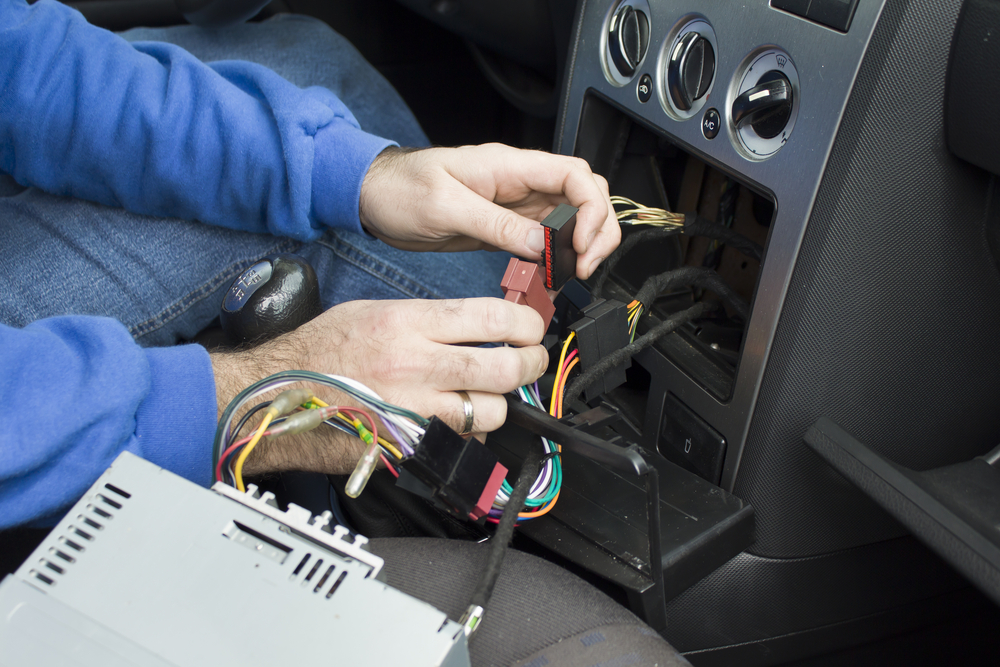
Fuel system leaks or spilled fluids
Oils that are full in the tank and there are secretions and leaks on the cover or under the car or truck hood causing vehicle fires and explosions. Leaks on the fuel system are very dangerous. Most car fluids have corrosive, toxic and flammable properties, but gasoline is one of the worst. The average car or truck has several flammable and highly hazardous fluids under its hood: gasoline or diesel fuel, engine oil, transmission fluid, steering fluid, brake fluid, and even engine coolant.
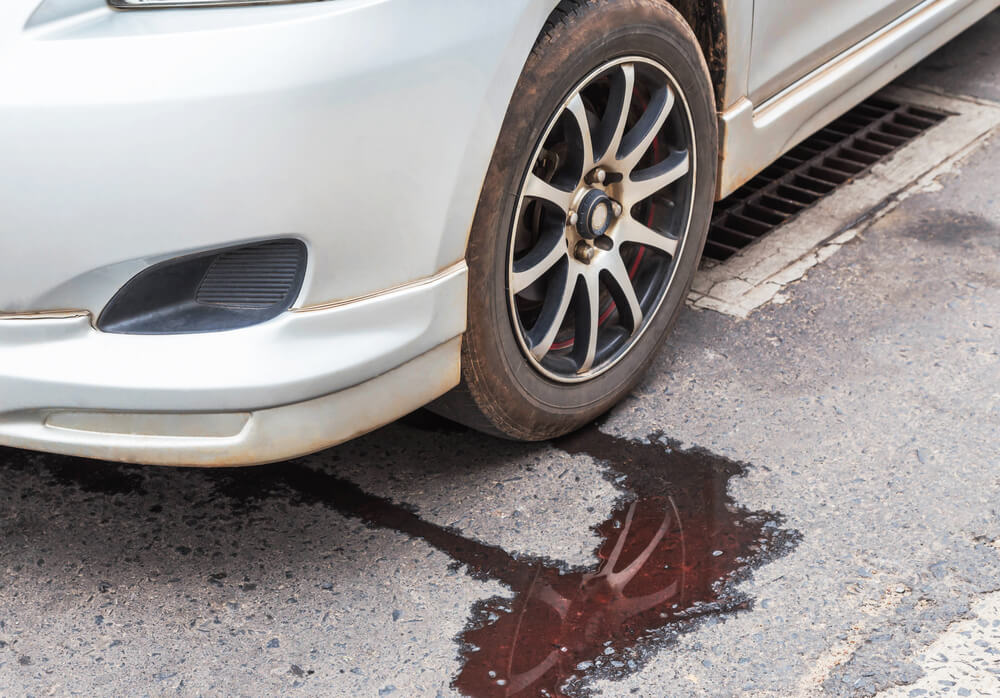
All these fluids circulate when the vehicle is on, and all of them can easily catch fire if their lines, hoses or reservoirs hit. Combined with another aggravating factor, such as a vehicle crash or a failed part, the result could be a fire. Although such a blaze is most likely to start in the engine bay, where all these hazardous liquids are concentrated, keep in mind that some of them, such as fuel and brake fluid, are moving along the entire length of the car.
Engine overheating
An engine that overheats and causes the car to catch fire is a particularly good example of how one problem can lead to another. A car engine probably will not overheat enough to simply burst into flames all on its own. But what can happen is that the engine can overheat cause internal fluids, such as oil and coolant, to rise to dangerous temperatures and start spilling out of their designated circulation areas resulting in hot fluids encountering wires.

When this happens, they drip, drizzle and spurt across the engine bay and into the exhaust system, landing on other hot parts, where they can easily ignite and spread. The engine simply overheats because the heat cannot escape from the engine bay. This could be caused by a lot of complications, but the most common is due to a faulty radiator fan, a leak in the cooling system, a broken water pump or a clogged coolant hose.
Incidents are inevitable, but taking precautionary steps is our choice. Protect yourself from vehicles fire. For more protection, place a fire extinguisher in your car or lorry. This will do to extinguish small fires igniting from your vehicle before it gets worse. If it’s not for you, fire your fire extinguisher may be a life savior for other people. Safety Forever Fire Never!
If you like this article, don’t forget to Like and Share!
For more info regarding fire safety, contact us at [email protected] or call us at 03-7831 4791. Fire incidents are inevitable, but fire prevention is our option.


